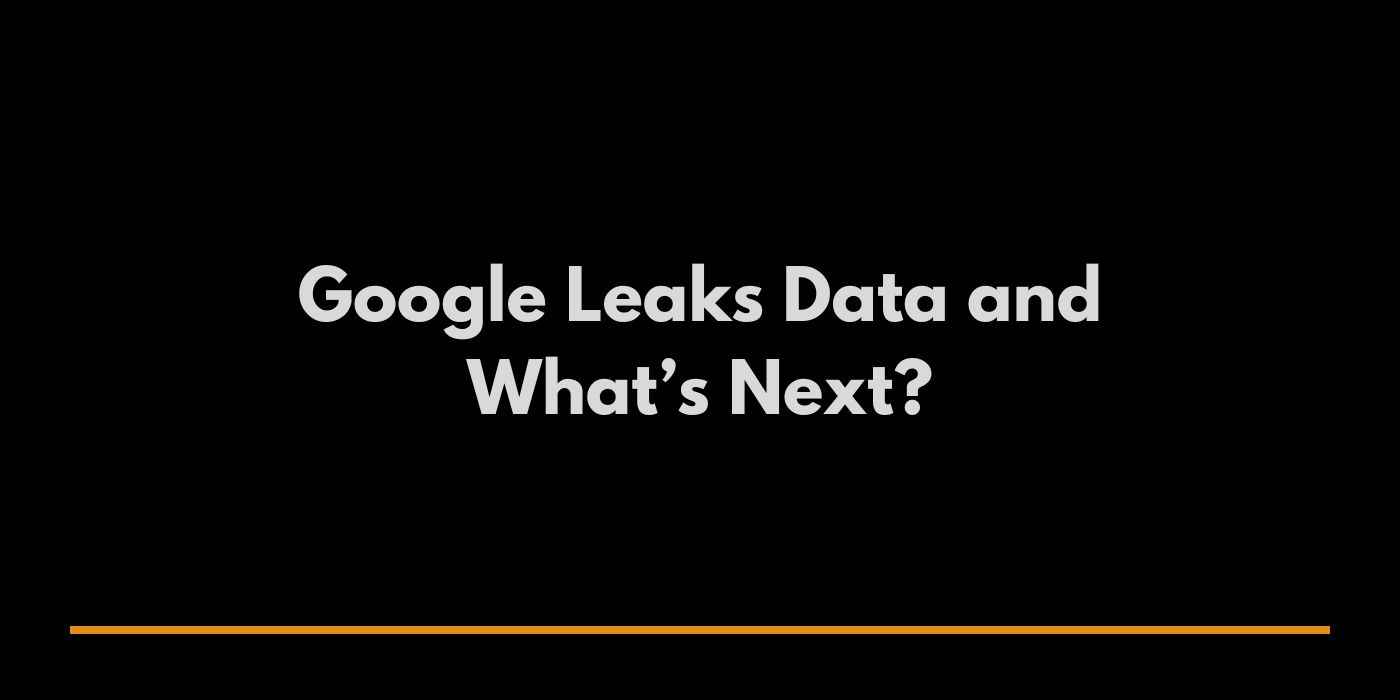Recently, following the leak of Yandex’s algorithm, new documents have emerged indicating the ranking signals used by the search engine giant, Google.
This time, over 2500 documents from the Google Content API Warehouse have been discovered.
Who found them? His name is Efran Azimi, and some say he is a former Google engineer among other things.
A few days later, Google confirmed the authenticity of the documents but claimed that they are not complete.
Not everything was disclosed. What would happen if everything was revealed? However, those who have read the documents concluded that some factors previously unacknowledged are actually considered in the algorithm.
For instance, site authority. Even though Google had previously stated that PageRank was no longer considered, it appears it still is, according to these documents.
You can read a more detailed explanation of the leaked documents from several sources, including Mike King’s explanation and Rand Fishkin’s response from Sparktoro.
I’ll try to summarize some key findings from these documents. Once again, not everything is public, but what is known and shared is largely covered by the following points:
- Click Metrics: Contrary to Google’s previous denials, the documents confirm that user clicks, including metrics such as goodClicks, badClicks, and lastLongestClicks, are significant factors in determining search rankings. This implies that user interaction with search results influences rankings more than publicly acknowledged.
- Chrome Data: Google uses data from its Chrome browser to inform search rankings, despite past assertions to the contrary. The parameter “ChromeInTotal” indicates that user behavior in Chrome contributes to assessing page quality.
- Site Authority: The documents mention a “siteAuthority” score, which contradicts Google’s previous denials of using such a metric. This score appears to impact a site’s overall ranking, suggesting that domain-level authority is considered in the algorithm.
- Brand and Entity Importance: Brand recognition and the identification of content authorship play critical roles in rankings. Establishing a well-recognized brand outside of Google Search can significantly enhance a site’s visibility and ranking.
- Freshness and Content Matching: Google’s algorithm assesses content freshness through various date indicators and evaluates how well a page title matches the search query using a “titlematchScore” metric. This ensures that more current and relevant content is prioritized.
- Whitelisting: Certain domains, especially those related to elections and COVID-19, are whitelisted, meaning they are subject to different ranking considerations. This selective treatment suggests manual intervention in specific cases to ensure reliable information surfaces prominently.
So, knowing all this, what should we do next?
Stay Focused on Creating the Best Content
If we aim to rank on Google, we need to understand each factor, or even meet all the criteria. The recent leaks highlight where improvements are needed.
However, if we focus on the user, we should stay on track to always deliver the best for them.
Simply put, create a website that users love. No need for extensive surveys; just assess if you like what you’ve made. If not, think about what needs to be improved.
For example, a fast website is more appreciated by users. Don’t you prefer fast websites? Ideally, there would be no loading time at all, right?
Make it as fast as possible. How can you measure it? You can use Google’s free Pagespeed Insights. It provides insights on how good your score is.
But don’t get too hung up on the numbers. Use your own sense to see if it feels slow or if there’s room for improvement.
Besides speed, users also appreciate a good design. Remember, a “good” design. A good design doesn’t necessarily mean flashy, colorful, or full of animations.
Sometimes, users just need something simple and plain, because the focus is on valuable content.
You can adjust this based on your business industry. For instance, if you sell heavy equipment, you don’t need a colorful website. A formal, tidy, and easy-to-read design is sufficient, as your users are likely older.
My advice is to be a user of your own website. You can adjust based on data from analytics.
Build Your Brand Now
Build your brand name. By creating a memorable brand, you won’t need to worry about every change Google makes.
Your users will always remember your product without needing to Google it. If they do need to Google it, your website will likely appear at the top.
You won’t need to stress about site authority, click rates, Chrome data, or other minor factors.
Building a brand isn’t easy or instant. You need to create a high-quality product that earns your users’ trust.
After that, connect your brand with users’ desires. Focus on your best product now and continue to innovate to stay relevant.
Look at Nokia, Blackberry, or even Yahoo. They failed to innovate and fell behind. Or more recently, Bata, a shoe store known since my childhood, despite competition from brands like Homyped, which often offered toy bonuses.
Staying relevant with the times is crucial. You don’t want your brand to fade away because you believed your current best product would last forever.
In today’s era, it’s also important to be present in various social media spaces. Users aren’t confined to one social media platform; they are spread across many. You need to reach them where they are.
Don’t forget traditional channels like email. Loyal users won’t hesitate to share their email if they love your brand.
So, how do you view the Google leak?
It comes down to whether you prioritize Google ranking or focusing on your users. Ideally, both, right?
But for me, the leaks don’t change my SEO strategy for your business website. I continue to create user-focused websites and strive to boost your product sales.

Leave a Reply